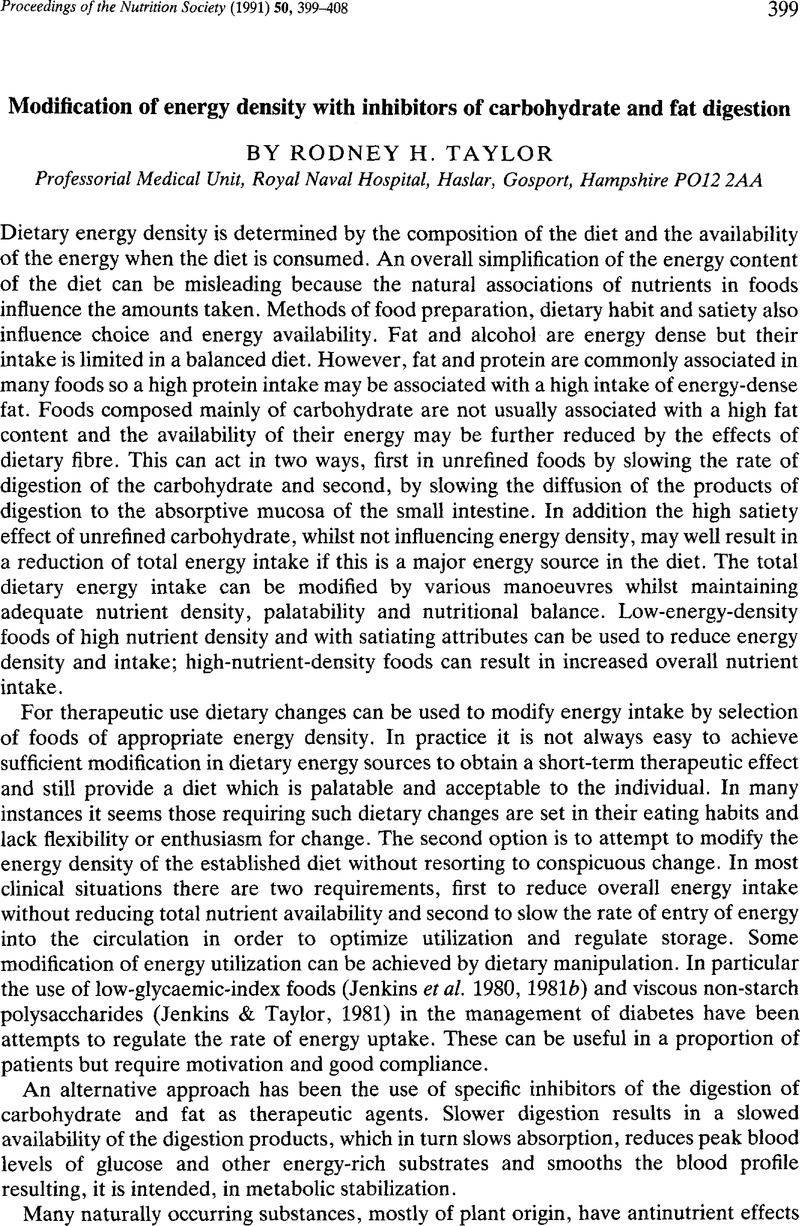Crossref Citations
This article has been cited by the following publications. This list is generated based on data provided by Crossref.
Livesey, Geoffrey
1993.
Comments on the methods used to determine the energy values of carbohydrates: Dietary fibre, sugar alcohols and other bulking agents.
International Journal of Food Sciences and Nutrition,
Vol. 44,
Issue. 4,
p.
221.



